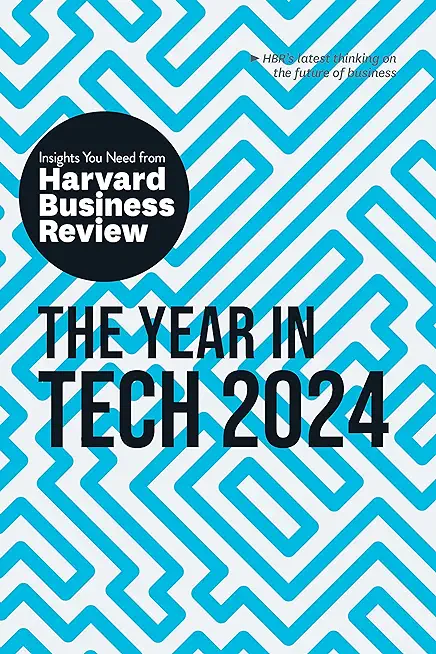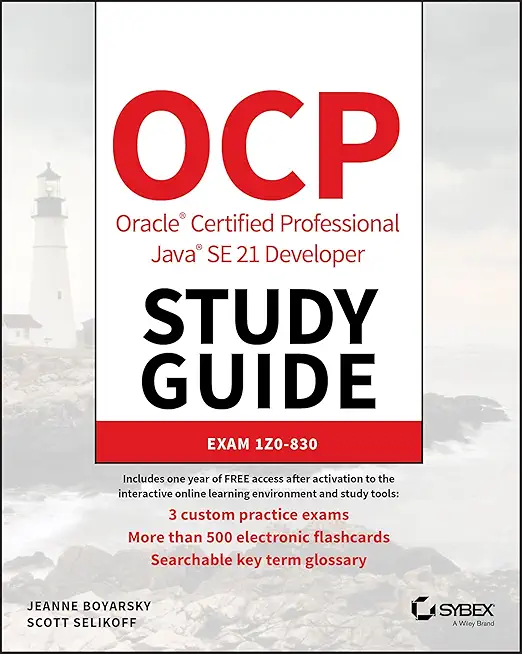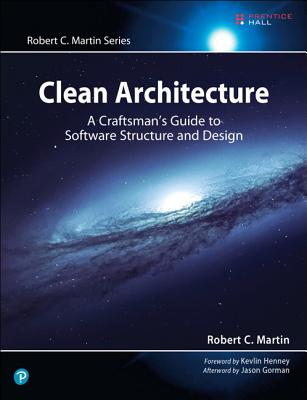Oracle Bi Publisher 11g R1: Fundamentals Training in Milford
Enroll in or hire us to teach our Oracle Bi Publisher 11g R1: Fundamentals class in Milford, Connecticut by calling us @303.377.6176. Like all HSG
classes, Oracle Bi Publisher 11g R1: Fundamentals may be offered either onsite or via instructor led virtual training. Consider looking at our public training schedule to see if it
is scheduled: Public Training Classes
Provided there are enough attendees, Oracle Bi Publisher 11g R1: Fundamentals may be taught at one of our local training facilities.
|
We offer private customized training for groups of 3 or more attendees.
|
||
Course Description |
||
| This 3-day Oracle BI Publisher 11g training will help you build a
foundation of understanding how to best leverage this solution. Through
Classroom Training or Live Virtual Class Training, you'll learn the ins
and outs of how to use this solution. Learn To: - Create data models
by using the Data Model Editor. - Create BI Publisher reports based on
data models. - Create report layouts by using the Layout Editor
(online). - Create reports based on OBI EE data sources. - Publish the
reports on OBI EE Dashboards. - Schedule reports and burst these reports.
Course Length: 3 Days
Course Tuition: $1690 (US) |
||
Prerequisites |
|
| Audience: - Functional Implementer - Reports Developer - Business Intelligence Developer - Delivery - End Users - Application Developers - Business Analysts - Technical Consultant | |
Course Outline |
|
Introduction to Oracle BI Publisher 11g
- Course Agenda
- Overview of Oracle BI Foundation Suite
- Overview of Oracle Fusion Middleware
- Overview of Oracle BI EE
- Functions of Reporting Systems including Challenges
- Introducing BI Publisher Paradigm
BI Publisher as a Strategic Reporting Solution for All Applicationss
- Salient Features of BI Publisher
- BI Publisher Technology and Architecture
- Functional Components
- Layout Templates
- Multitier Architecture
- Enterprise Server Architecture and Performance and Scalability
- Document Generation Process and Output Formats
- Supported Data Sources
- Bursting Overview
- Internationalization and Language Support
Getting Started with BI Publisher
- Logging In, the Home Page, and Global Header, and Setting Account Preferences
- Viewing Reports
- Managing Repository Objects
- Managing Favorites
Using Create Report wizard to Create Reports
- Selecting Data: Data Model, Spreadsheet, and BI Subject Area
- Configuring Report Properties
- Using the Data Model Editor
- Exploring the Schemas Used in the Course
- Exploring the Data Model Editor UI and the Supported Data Sources
- Creating a Private Data Source
- Creating a Simple Data Model based on a SQL Query Data Set
- Using Query Builder to Build a Query
- Viewing Data and Saving Sample Data Sets
- Adding Parameters and LOVs to the Query
- Configuring Parameter Settings and Viewing Reports with Parameters
Working with Layout Editor
- Opening the Layout Editor and Navigating the Layout Editor UI
- Creating a Layout by Using a Basic Template
- Inserting a Layout Grid
- Adding a Table, Formatting Columns, Defining Sorts and Groups, and Applying Conditional Formats
- Inserting and Editing Charts, and Converting Charts to a Pivot Tables
- Adding Repeating Sections, Text Items, and Images
- Working with Lists, Gauges and Pivot Tables
- Creating Boilerplates
Using Template Builder to Create Templates
- Using the BI Publisher Menu Bar
- Creating an RTF Template from a Sample, Changing Field Properties, and Previewing Table Data
- Adding a Chart to an RTF Template
- Designing an RTF Template for a BI Publisher Report
- Creating a BI Publisher Report by Using Template Builder in Online Mode
- Exploring the Basic and Form Field Methods
- Exploring Advanced RTF Template Techniques Including Conditional Formats, Watermarks, - - Page-Level Calculations, Running Totals, Grouping, and Sorting
BI Publisher Server: Administration and Security
- Describing the Administration Page
- Creating the JDBC Connections
- Setting, Viewing, and Updating Data Sources
- Describing the Security Model for BI Publisher and Oracle Fusion Middleware
- Describing Groups, Users, Roles, and Permissions
- Describing Delivery Options Including Print, Fax, Email, WebDav, HTTP Server, FTP, and CUPS
- Describing and Configuring BI Publisher Scheduler
- Integrating with Oracle BI Presentation Services and Oracle Endeca Server
Scheduling and Bursting Reports
- Scheduling and Describing a Report Job and Related Options
- Managing and Viewing a Report Job
- Viewing Report Job History
- Scheduling a Report with Trigger
- Describing Bursting
- Adding a Bursting Definition to a Data Model
- Scheduling a Bursting Job
Performing Translations
- Describing Translation Types
- Translating by Using the Localized Template Option
- Translating by Using the XLIFF Option
- Managing XLIFF Translations on BI Publisher Server
- Describing the Overall Translation Process
- Describing Catalog Translation
- Exporting and Importing the XLIFF for a Catalog Folder
Integrating BI Publisher with Oracle BI Enterprise Edition
- Configuring Presentation Services Integration
- Navigating Oracle BI EE
- Creating a Report based on OBI EE Subject Area
- Creating a Data Model and Report based on a BI Server SQL Query
- Creating a Data Model and Report based on an Oracle BI Analysis
- Adding a BI Publisher Report to an Oracle BI EE Dashboard
Creating Data Models and BI Publisher Reports Based on Other Data Sources
- Configuring Presentation Services Integration
- Describing the Web Services Data Source
- Describing the HTTP (XML/RSS Feed) Data Source
- Explaining Proxy Setting for Web Services and HTTP Data Sources
- Creating a BI Publisher Report based on an External Web Service
- Creating a BI Publisher Report based on an HTTP Data Set
- Creating a BI Publisher Report Based on XML File
- Creating a BI Publisher Report Based on CSV Data source
|
Course Directory [training on all levels]
Technical Training Courses
Software engineer/architect, System Admin ... Welcome!
- .NET Classes
- Agile/Scrum Classes
- AI Classes
- Ajax Classes
- Android and iPhone Programming Classes
- Azure Classes
- Blaze Advisor Classes
- C Programming Classes
- C# Programming Classes
- C++ Programming Classes
- Cisco Classes
- Cloud Classes
- CompTIA Classes
- Crystal Reports Classes
- Data Classes
- Design Patterns Classes
- DevOps Classes
- Foundations of Web Design & Web Authoring Classes
- Git, Jira, Wicket, Gradle, Tableau Classes
- IBM Classes
- Java Programming Classes
- JBoss Administration Classes
- JUnit, TDD, CPTC, Web Penetration Classes
- Linux Unix Classes
- Machine Learning Classes
- Microsoft Classes
- Microsoft Development Classes
- Microsoft SQL Server Classes
- Microsoft Team Foundation Server Classes
- Microsoft Windows Server Classes
- Oracle, MySQL, Cassandra, Hadoop Database Classes
- Perl Programming Classes
- Python Programming Classes
- Ruby Programming Classes
- SAS Classes
- Security Classes
- SharePoint Classes
- SOA Classes
- Tcl, Awk, Bash, Shell Classes
- UML Classes
- VMWare Classes
- Web Development Classes
- Web Services Classes
- Weblogic Administration Classes
- XML Classes
Business Training Courses
Project Managers, Business Analysts, Paralegals ... Welcome!
Upcoming Classes
Gain insight and ideas from students with different perspectives and experiences.






